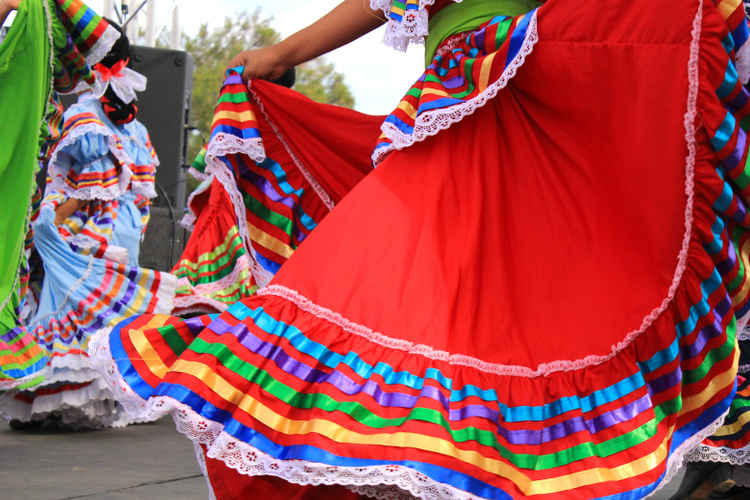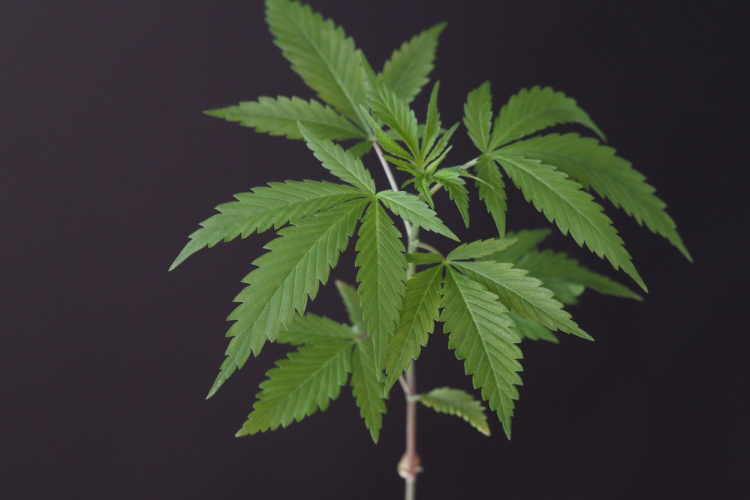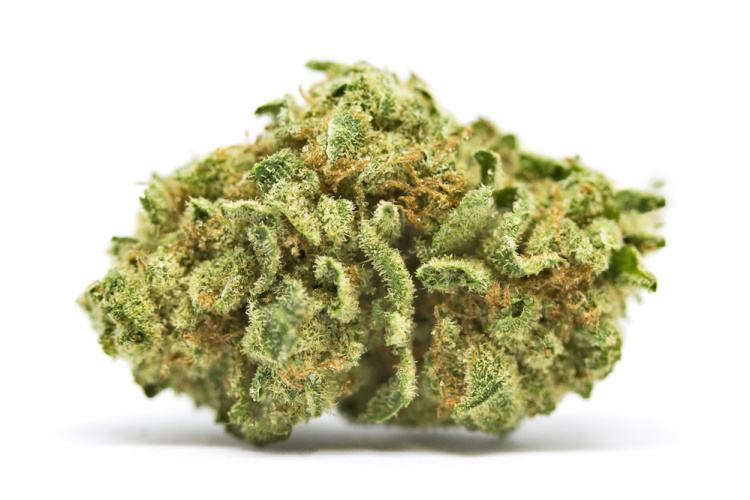It’s no longer Hispanic Heritage Month, which ran from September 15 to October 15, but we’re not done thinking about all the incredible contributions of the Hispanic community here in the U.S. It also got us to thinking about all the countries our wonderful diaspora originated from and what’s happening on a more global scale in regards to cannabis legalization.
On the heels of our Hispanic heritage celebrations and as we watch more states begin to roll out the improved legislation on cannabis regulations, we’re taking a deeper look at cannabis’ status in countries across the Spanish-speaking world. In particular, we’ll cover the status of cannabis legalization in various regions. But first, let’s talk about how Hispanic Heritage Month came to be, including what it is and when it takes place each year.

Hispanic Heritage Month: What is It and When is It?
President Lyndon Johnson first recognized Hispanic Heritage Month in 1986 by executive order. It was originally created as Hispanic Heritage Week. George H. W. Bush extended the festivities in 1998, officially setting its dates from September 15 to October 15. Hispanic Heritage Month recognizes the contributions of Hispanic people to the culture, history, and national achievements of the United States. Specifically, the term “Hispanic” refers to countries that speak Spanish as their official language. It also refers to people who come from those countries.

Cannabis in the Hispanic Regions
In this section, we’ll go over how Hispanic countries regard cannabis and the laws surrounding its cultivation, sale, and use.
Spain
Ultimately, all Hispanic people can trace their linguistic origins to Spain. And although Spain may not have the same reputation as Holland when it comes to European cannabis destinations, it still boasts pockets with rich cannabis cultures.Cannabis possession, cultivation, and consumption are decriminalized under Spanish law. Transferring or selling cannabis remains illegal, though.In fact, cities such as Barcelona have bloomed as cannabis meccas, particularly as the Netherlands clamps down on parts of its own cannabis industry. For example, legal consumption clubs in Catalan (located in the northeastern region of Spain) are enjoying explosive growth. Unfortunately, the Spanish government has taken some steps towards increasing cannabis regulations within its borders, though.
Mexico
Mexico, the most-populous Spanish-speaking nation in North America, made cannabis headlines when lawmakers passed a cannabis legalization bill in 2021. Despite several attempts by politicians to prolong the legalization process, the country’s Supreme Court voted to immediately legalize adult-use cannabis in June.The implications for this new law are huge. With a population of nearly 130 million, Mexico is poised to become one of the largest legal cannabis markets in the world. The country, and longtime home of classic strains such as Acapulco Gold, now stands on the forefront of today’s legal cannabis movement.
Cuba, Guatemala, Belize, Honduras, Nicaragua, El Salvador, and Panama
Generally, Central American countries don’t share Mexico’s newfound pro-legalization attitude. In fact, most of the southernmost North American countries have a much stricter view on cannabis than Mexico does. The cultivation, sale, and possession of cannabis remains illegal in Cuba, Guatemala, Honduras, Nicaragua, El Salvador, and Panama.
One notable exception to this Latin American trend is Belize. Though not hispanic, cannabis has been a point of interest in the region since the country decriminalized cannabis for private use in 2017. Furthermore, lawmakers in the country introduced a bill in 2021 that intends to fully legalize adult-use cannabis. The bill still remains in its early stages, for now.
Cannabis in South America
South American Hispanic nations have a wide array of cannabis laws. Since the national languages of Brazil, Suriname, and Guyana aren’t Spanish, they aren’t considered Hispanic countries. Here’s a quick rundown of where things stand elsewhere in the region.
- Argentina: The Argentine government passed laws decriminalizing cannabis in the 2000s. More recently, they legalized medical cannabis in 2017.
- Bolivia: Cannabis possession, sale, and cultivation are illegal in Bolivia.
- Columbia: Columbia has actually allowed citizens to possess less than 20 grams of cannabis for personal use since the 1980s. Marijuana remains illegal in the country. That may change soon, though. Lawmakers have led a charge to legalize cannabis in recent years.
- Chile: Chile has decriminalized cannabis, making in-home consumption essentially legal.
- Paraguay: Although cultivation of cannabis remains illegal in Paraguay, it’s estimated to be Latin America’s second-largest producer of cannabis (after Mexico).
- Peru: Peru legalized medical cannabis in 2019. Possession of 8 grams or less is also decriminalized.
- Uruguay: Uruguay was the first country in the world to legalize recreational cannabis in 2013.
- Venezuela: Cultivation, possession, and sale of cannabis in Venezuela are illegal.

Sparking Up for Hispanic Heritage Roots
Want to celebrate Hispanic Heritage with some green? Patients are welcome to stop by any one of these dispensaries in Maryland, or Minnesota, to stock up on supplies.
Please note that qualifying conditions vary by state, and the information relating to qualifying conditions may not apply to cannabis patients in all states.
Product availability also varies based on state program restrictions and rules, so the products discussed may not be available in all states. Be sure to check with your local Green Goods location about the products available in your state!
